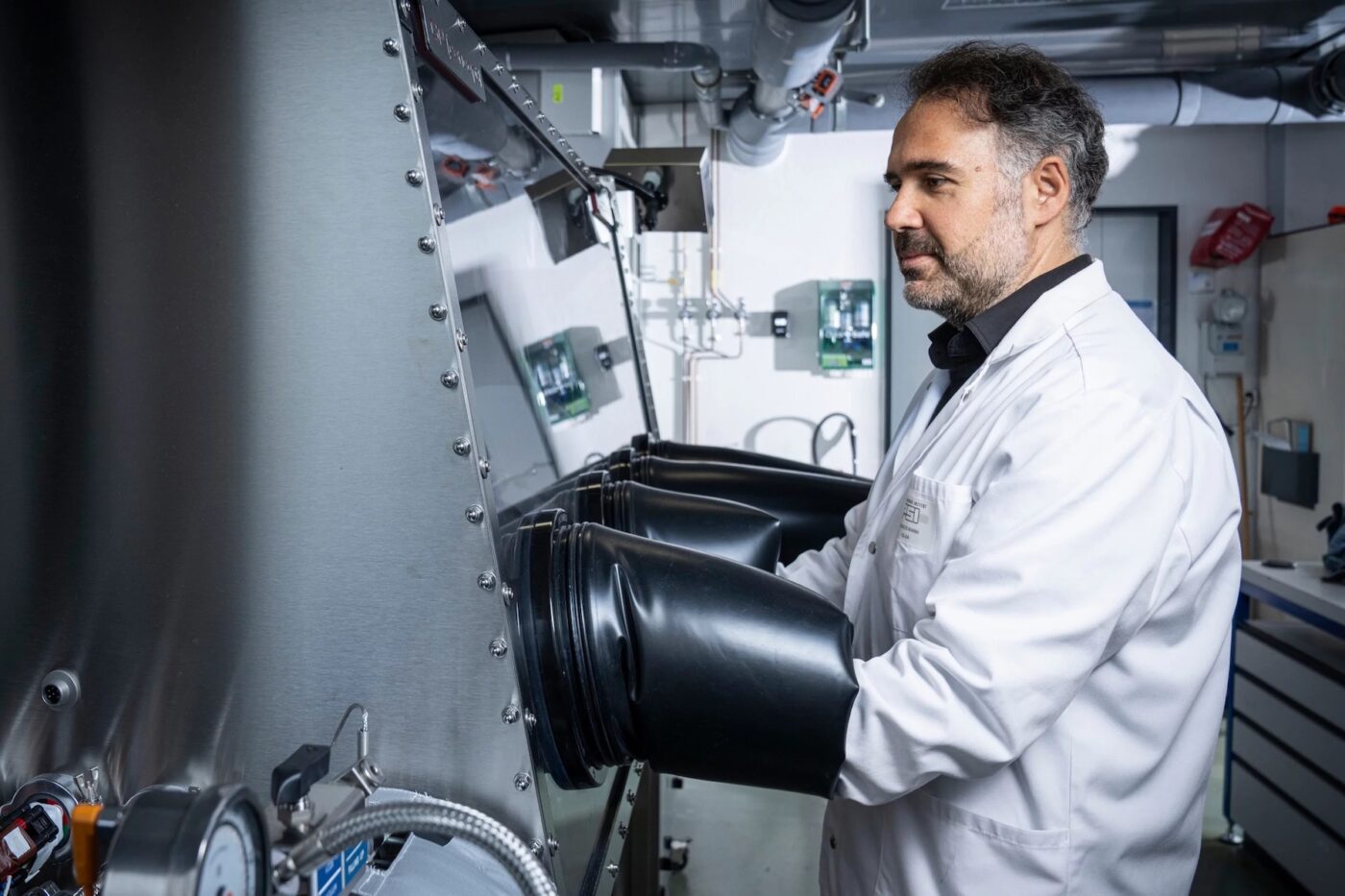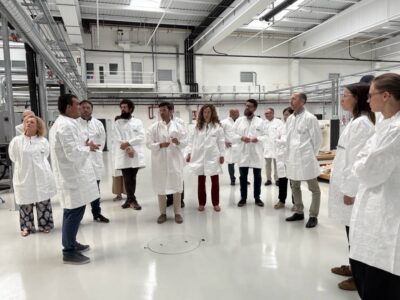PSI raises efficiency of lithium-ion batteries with new protective coating
Trifluoromethane is a gas that is produced as a by-product in the manufacture of plastics such as PTFE, PVDF and foam and has the chemical formula CHF3. In the laboratory, project leader Mario El Kazzi from the Centre for Energy and Environmental Sciences at PSI and his team initiated a reaction at 300 degrees Celsius between the trifluoromethane and the thin layer of lithium carbonate that covers the surface of the cathodes.
This converts the lithium at the boundary layer into lithium fluoride (LiF). In this process, the lithium atoms of the cathode material remain as ions. These lithium ions must be able to move back and forth between the cathode and the anode, the negative pole, during charging and discharging so that the battery capacity is not impaired during subsequent operation, explains the PSI.
In a further step, the PSI team tested the effectiveness of the protective layer by carrying out electrochemical tests at high operating voltages. The result: the protective layer remained stable even at high voltages. It protects the cathode material so well that operating voltages of 4.5 and even 4.8 volts are possible.
Compared to batteries with unprotected cathodes, the coated batteries performed significantly better in all important parameters. For example, the impedance, or resistance, for the lithium ions at the cathode interface, was around 30 per cent lower after one hundred charging and discharging cycles than in the batteries with untreated cathodes. “This is a clear sign that our protective layer minimises the increase in resistance caused by the interfacial reactions that would otherwise occur,” explains Mario El Kazzi.
The new protective layer helps to maintain battery capacity. For example, the capacity retention of a battery with a coated cathode was over 94 per cent after 100 charging and discharging cycles without a decrease in charging speed, while the untreated battery only achieved 80 per cent.
The new coating process should therefore make it possible to increase the energy density of various battery types: “We can assume that our lithium fluoride protective coating is universal and can be used with most cathode materials,” emphasises El Kazzi. “For example, it also works with nickel- and lithium-rich high-voltage batteries.”
The new process is also expected to contribute to climate protection. This is because trifluoromethane is a highly effective greenhouse gas and more than 10,000 times more harmful to the climate than carbon dioxide, which is why it should never be released into the atmosphere. For El Kazzi, converting it into a uniform thin LiF protective layer on the surface of cathode materials is an efficient solution to monetise the gas by making it part of a circular economy. With the new coating process, trifluoromethane can be recycled and bound long-term as a protective layer in high-voltage cathodes.





0 Comments